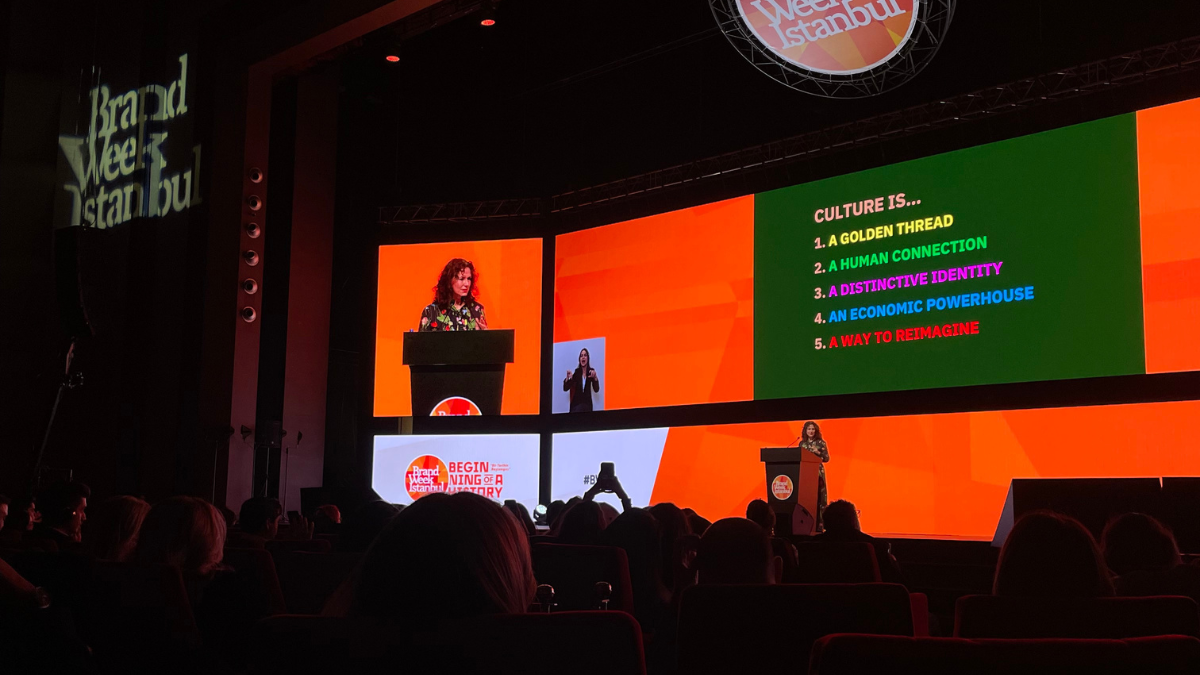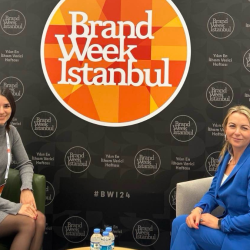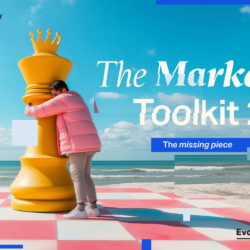Access to audience data is a must for any marketer, but in an age in which we’re all hyper-sensitised to online privacy concerns, fear of how our data might be misused can limit the effectiveness of even the most well thought-out customer acquisition plan. The best way to help overcome that fear? Be upfront and honest about what that data is for, of course, but most importantly, offer something in return that’s genuinely worth having. In other words, address the value exchange: if customers give you their data, you give them something they’ll love.
Face the fear
With the death of third-party cookies fast approaching and consumers spending more time online than ever before, the way brands interact with their customers — and more specifically, their data — is front of mind for most marketers. Transparency and creating clear two-way value is essential to building trust and meaningful, actionable insights. The benefits are easy to see: according to research by McKinsey, marketers who use customer data increase sales growth by 85%. The more data consumers share, the more value-filled their experience will be and the greater the rewards for your brand.
A new era of nice
Data legislation, big privacy changes by big tech and evolving user behaviour have all made gathering data at scale more difficult. But while data captured via covert, opaque means (take a bow, third-party cookies) may fill up your CRM or DMP at pace, ask yourself: at what cost? How often have you heard digital advertising being described as intrusive and creepy for knowing where a customer’s been and what they’ve looked at? Dread, distrust and creepiness: that’s not a good look for any brand.
So rather than lament the loss of non-transparent data capture, we should celebrate a new era in which we can directly address turning that hate to love. Transparency is the fastest path to true engagement, trust and an authentic relationship with your customers.
Tell it like it is
Transparency in data acquisition should include not only telling people how you’re going to use their data, but also what they get in return. It’s also important to bear in mind that there’s no point addressing the value exchange if you don’t make people aware that you’re doing it. This is a very real problem: research conducted by Microsoft showed that only 24 percent of surveyed consumers were aware that personalisation is a result of data sharing.
So what can you offer to today’s online audience that’s valuable enough for them to share their data?
Personalisation is a fantastic way to give back to users. It allows, for instance, the surfacing of the right products for a customer in an online store, or content relating to topics they’re interested in to be foregrounded on a publisher site. One of the benefits of personalisation is the ‘give’ and the ‘get’ can be proportional: the more data a customer gives you, the better the experience you can offer them. And the win for brands can be huge: according to a study by Accenture, using data-driven personalisation in customer journeys increases the likelihood of purchase by 75%.

Building loyalty
Many brands and retailers also use customer data to drive loyalty schemes, offering rewards such as exclusive discounts in exchange for signing up. In these instances, the value is front and centre and keeps delivering regularly for the customer, so keeping data fresh and active. A recent development is that brands, including Clinique and Burger King (above), are now using NFTs at the heart of their loyalty schemes. How this plays out in terms of longer-term engagement remains to be seen but one thing’s for sure: for the right audience, it’s a great way to incentivise sign-up.
And incentivising digital data sharing doesn’t have to be restricted to the digital world. Many beauty and FMCG brands use product samples to drive data acquisition. While Web3 may be changing the perception of what value is, for many people, the value of a digital asset or functionality is less clear than the value of a physical object. And if your brand’s products are physical ones — whether a luxury fragrance or a chocolate bar — what better way to get consumer engagement, and those all-important positive emotions, than getting that product into the consumer’s hands?
However you achieve it, the path to success is the same: get to know your customer better and you will win. There may be challenges getting there, but see privacy changes as a force for good and an opportunity to do things right. The rewards for you — and for your customers — will be significant: if your customers love what you’re offering, they won’t fear giving you their data. Instead, they’ll love spending time (and money!) with your brand.
Featured image: Alexander Sinn / Unsplash





























